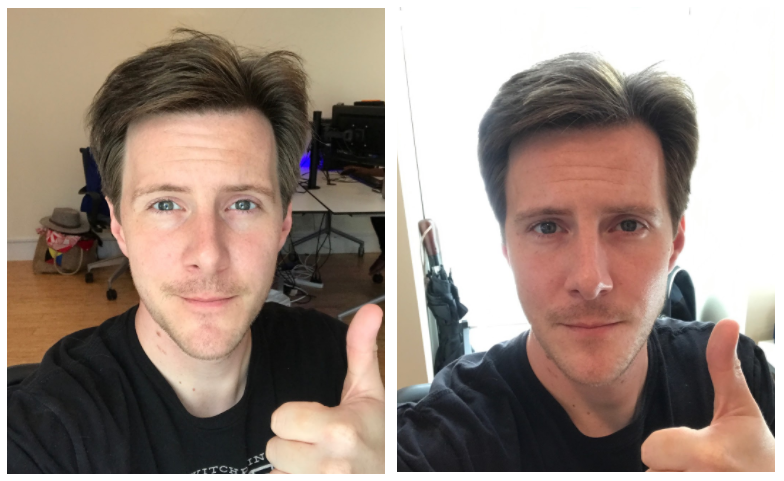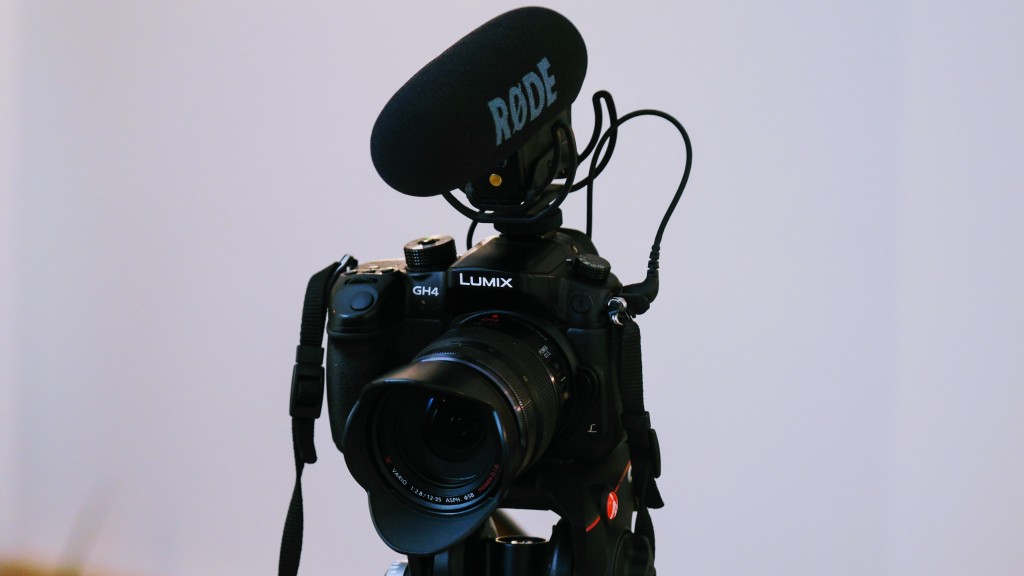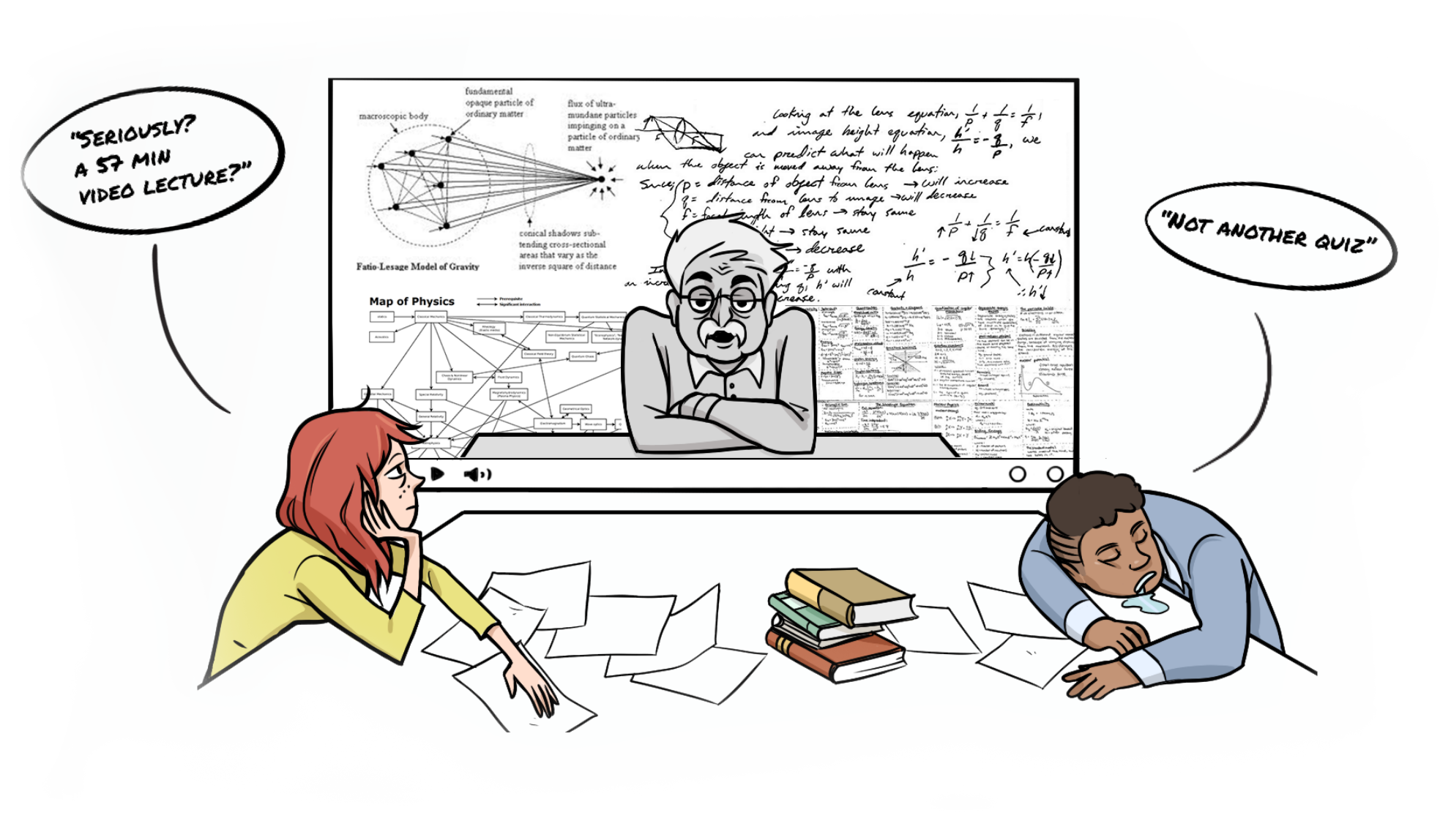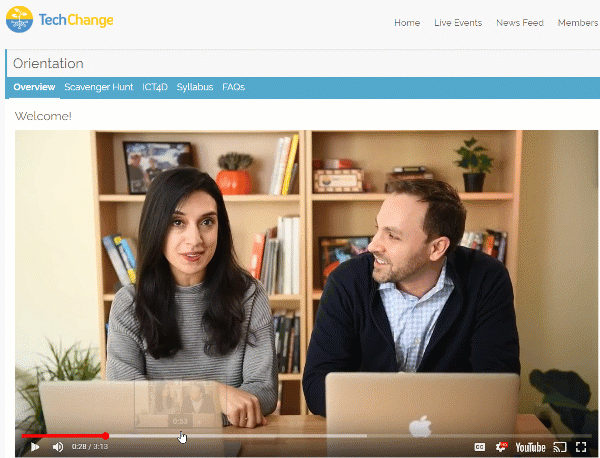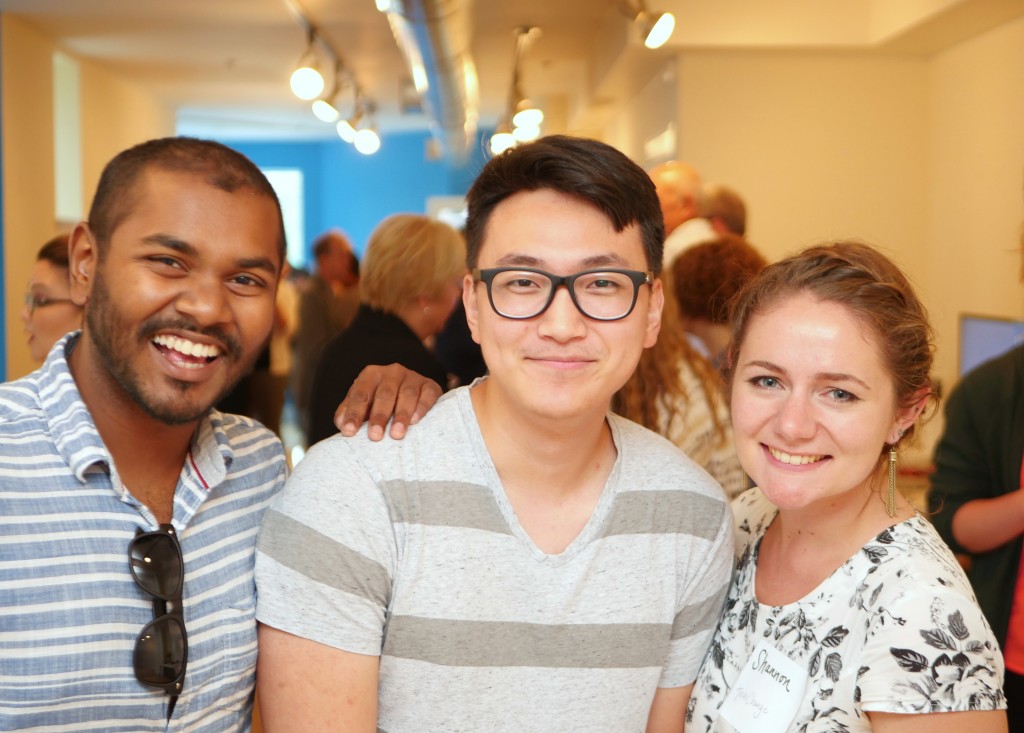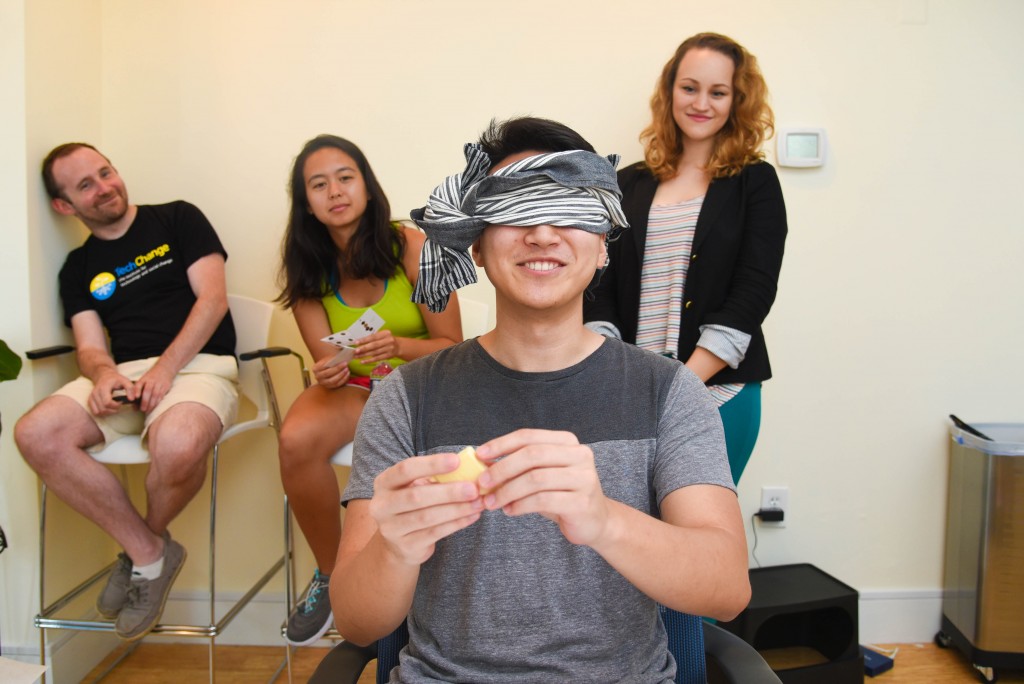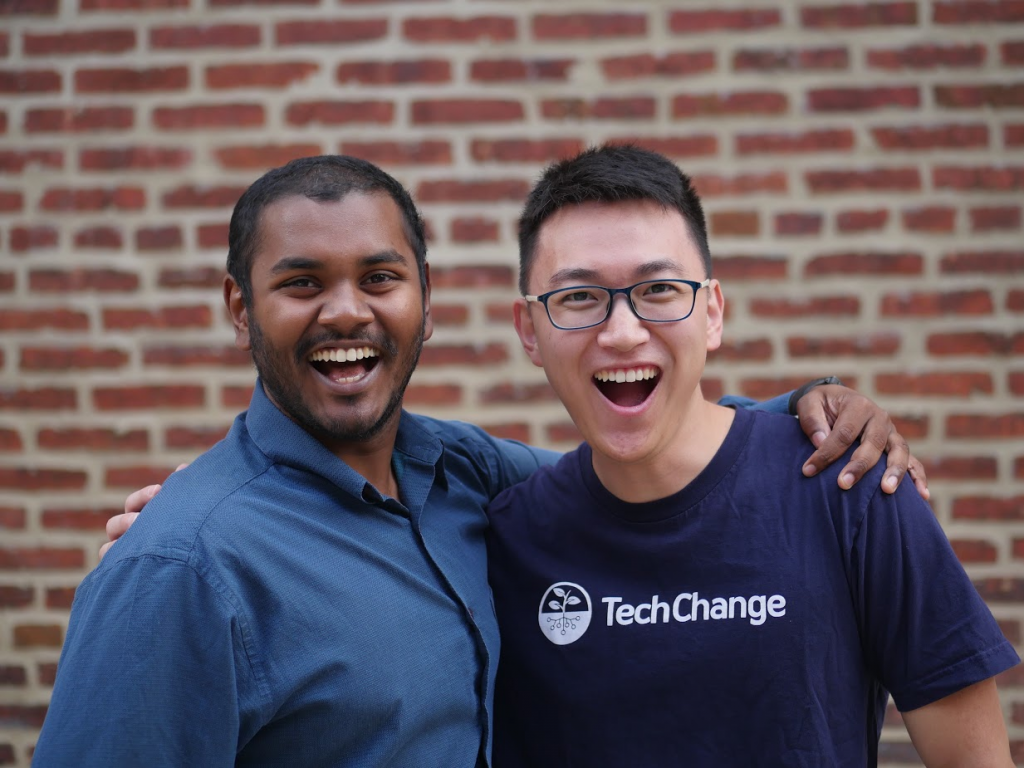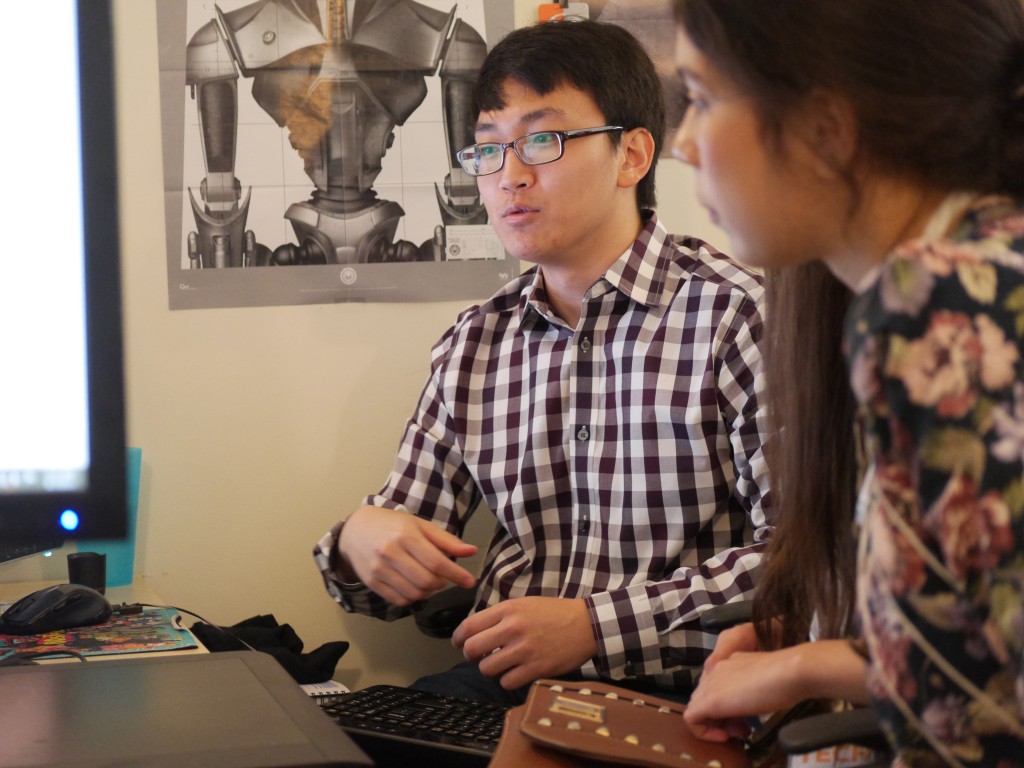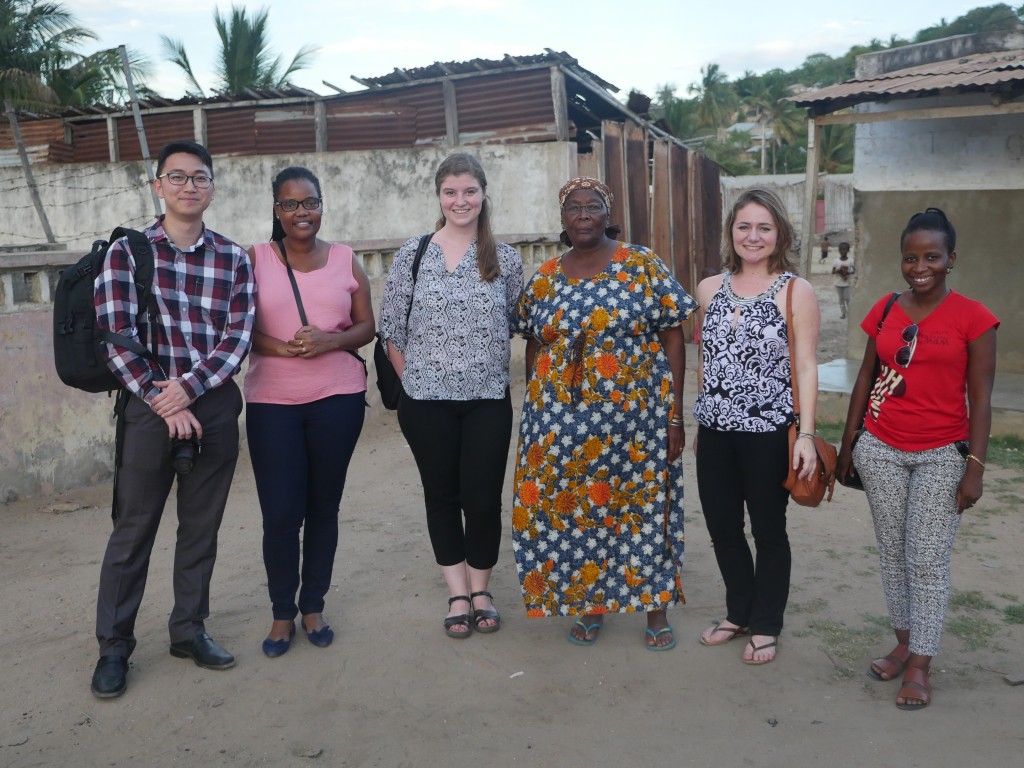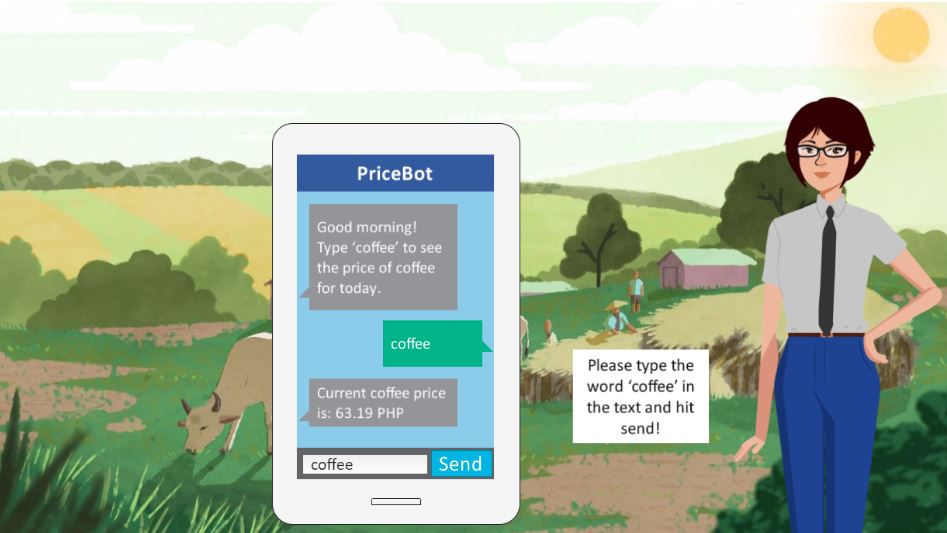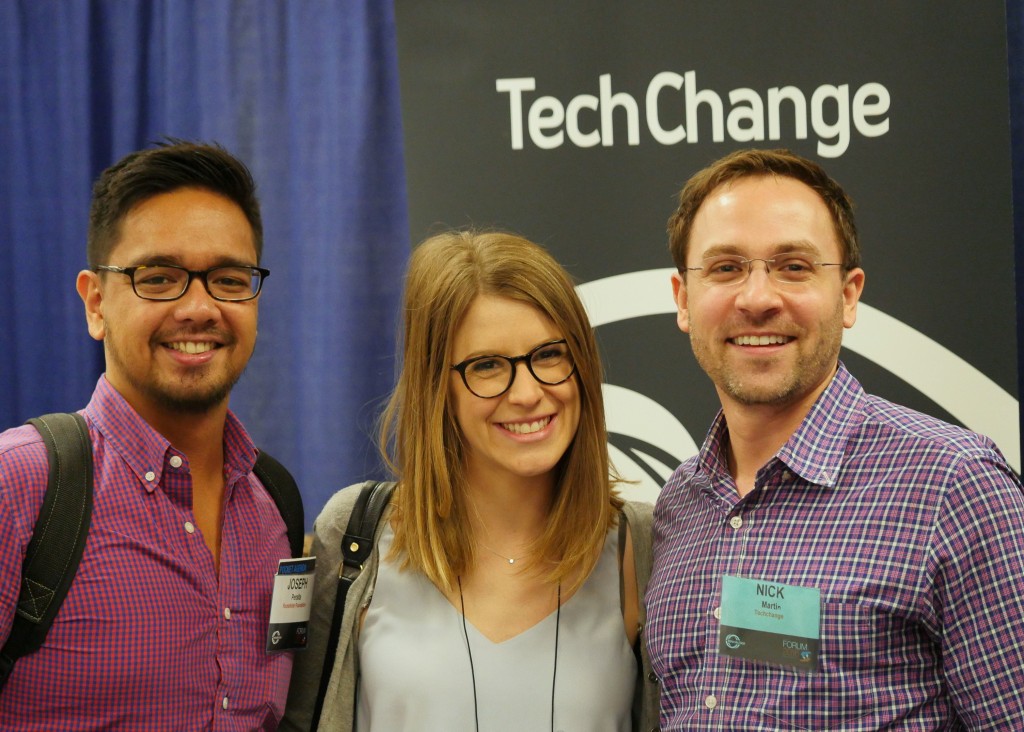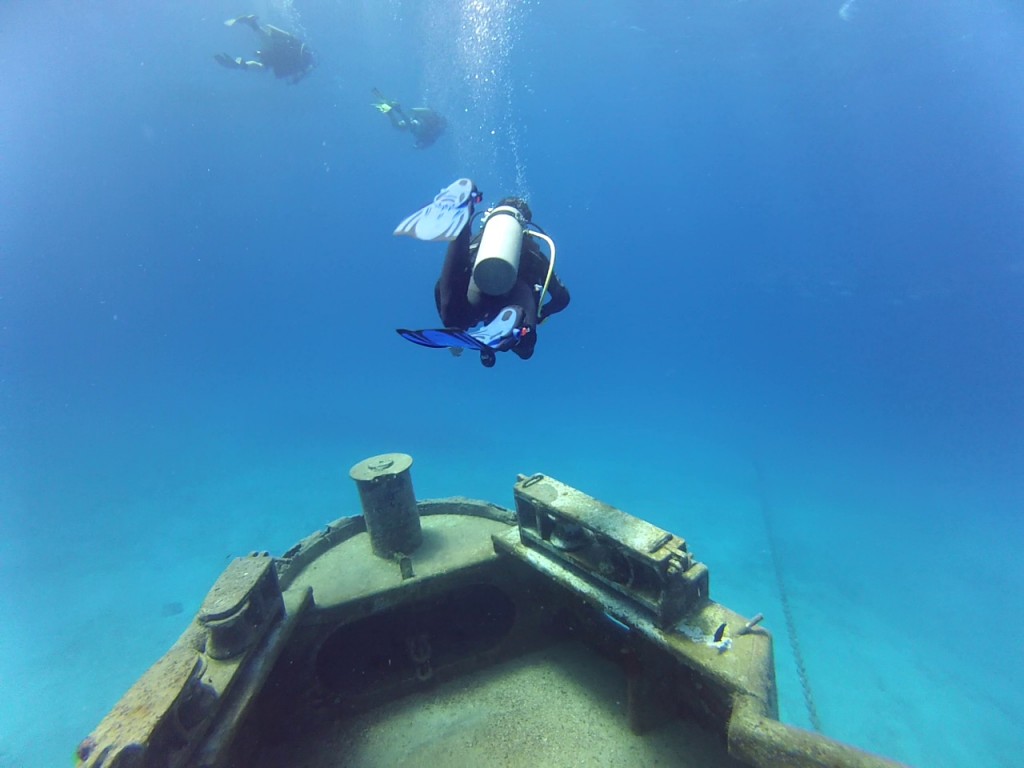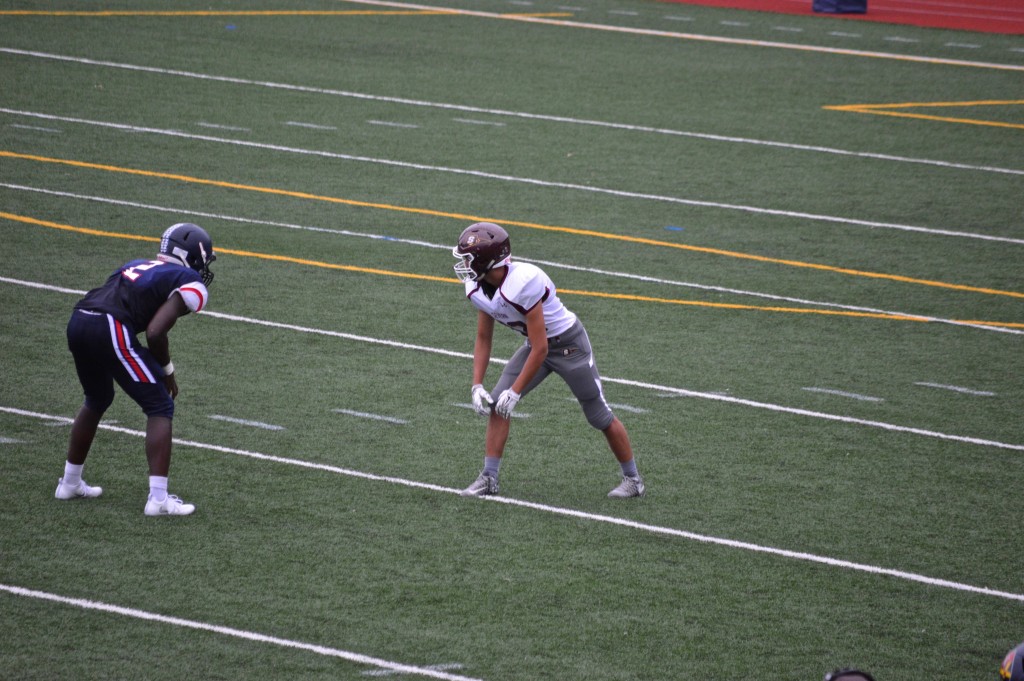Sedinam joined the the TechChange team to support service design and tech initiatives. She will be focusing on supporting partner learning objectives on the TechChange platform. In addition to graduating from Swarthmore College with a B.A. in Computer Science and Economic Development, Sedinam also co-founded Dislabelled, an organization that works with people with disabilities and seeks to reform the special education system in Ghana. She also founded YenAra backpacks in 2015, a socially responsible for-profit business initiative that provides unique and functional African-inspired backpacks to an international marketplace.
Sedinam is passionate about the intersection of technology, business, education and design. In her summers, she has worked as a Google policy fellow, robotics workshop facilitator and software developer. In her free time, she loves harmonizing to everything under the sun, writing articles and meeting new people! Welcome, Sedi!
Q: Could you share a little bit about your background? What originally interested you in TechChange?
I was raised in Ghana and my family, community and education have contributed significantly to who I am today. In high school and college, I had opportunities to interact with people from a wide range of differences in culture. These experiences deepened my knowledge of cultural differences and I learned to not only respect but also to celebrate diversity. These experiences also fuelled my desire to learn about people and know more about their stories.
I had the opportunity to first meet some members of the TechChange team during a Mapping for International Development Happy Hour two years ago when I was interning in DC. I read about the CEO of TechChange who was a Swarthmore alum (shout out to Swat!), felt connected to TechChange’s mission, and being the inquisitive person I was, I wanted to learn more. After spending hours discussing various topics from the need for accessibility of technologies to why liberal arts colleges are beneficial, I left the event with the sense that TechChange was a community of friendly, supportive and passionate people that I would fit in with.
Coupled with hearing more about experiences working at TechChange from Swarthmore alumni and students, I was drawn to work at TechChange for three main reasons amongst many: the opportunity to learn and apply my skills in a fulfilling, exciting and creative way, the collaborative team culture at TechChange and a company mission that is at the heart of technology and social change, a purpose I identify with and value deeply. Learning that some of these courses benefit African countries was definitely a highlight to me as a Ghanaian. So far, I can say that it’s been a great decision and I’m glad to have found a job straight out of college where I wake up genuinely excited about the work I’m doing and the people I get to see!
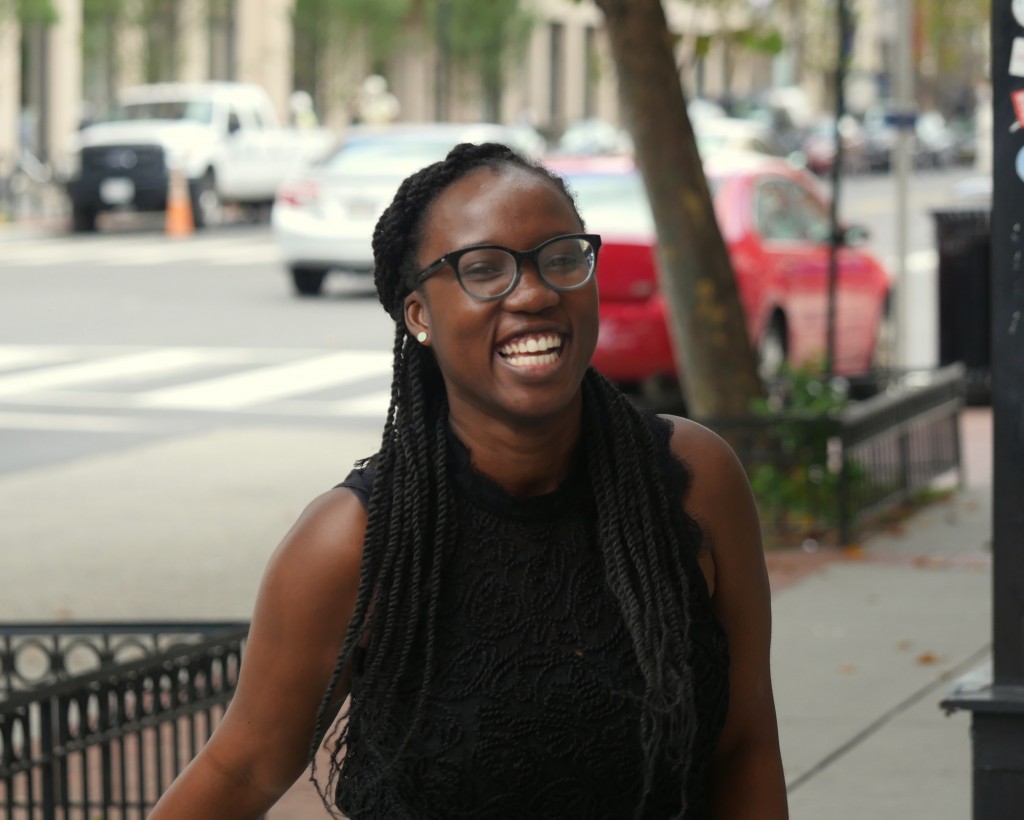
Q: How do you see this role with TechChange fitting into your studies and past experience as an entrepreneur?
My role at TechChange is currently at the intersection of instructional design, tech, and client partnerships. I love that I can apply my Computer Science knowledge into fully understanding how our platform works both on the frontend and backend. I also love that I can deepen my knowledge about web development.
I am interested in international development so the opportunity to interact with clients from various international development organizations doing amazing work is one that I value immensely! TechChange fits wonderfully into my past experience as an entrepreneur because I get to try my hands at various activities at this company and it’s so exciting.
With my backpack company, I identified a business opportunity when students on my college campus kept commenting about the colorful patterns in my Ghanaian clothes and backpack. Through market research and talking to various students who were involved in diverse areas of campus life, I studied the backpack wants and needs of students on campus. I recruited some of my friends and family to join my team, including a chief operating officer that determined quality control of the backpacks from the local artisans, a designer that sketched our prototypes and a marketing strategist that helped me think about the website design, flyers and questionnaires. Working with the designer, our team came up with functional and attractive designs based on our market research, built prototypes and solicited feedback from customers in the Philadelphia area.
It was a long-term process of planning, conducting market research, developing pricing strategies, designing posters using Adobe Indesign and learning, learning, learning. I learnt so much about myself during the process and about social enterprises. Similarly, having a job where I’m actually at the intersection of cutting edge work is more than I could have envisioned for myself.
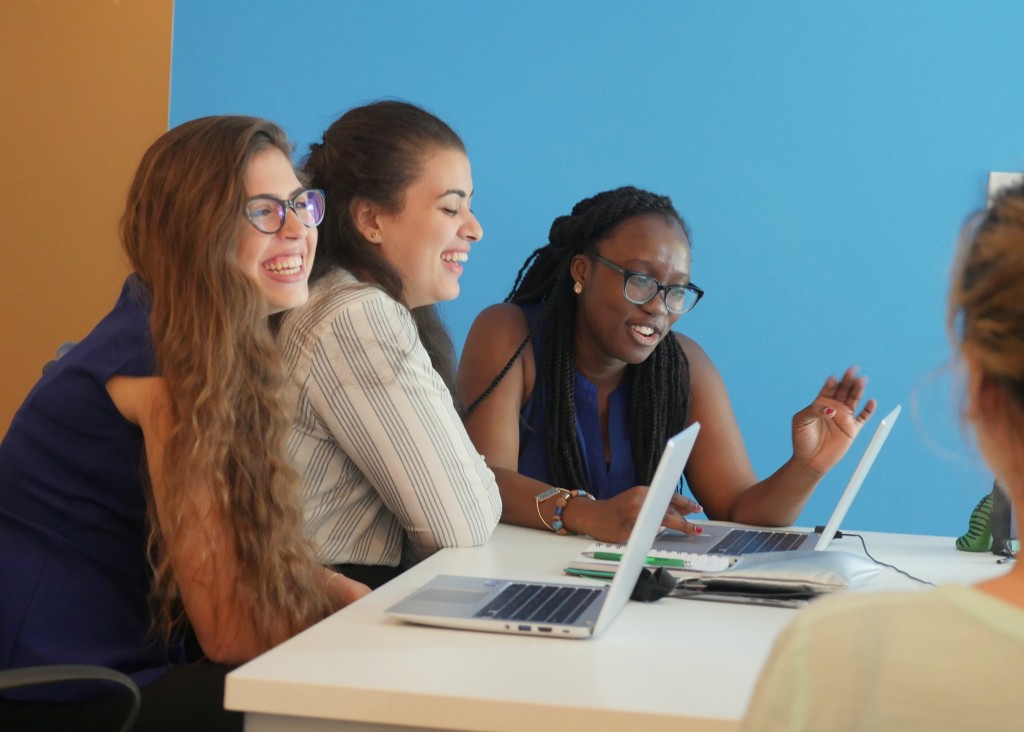
Q: How do you see your role going forward to build on your work with co- founding Dislabelled and founding YenAra Backpacks?
The question of my role going forward in both organizations was one I definitely had to grapple with in deciding my next steps after college. I still have so much learning to do and YenAra backpacks helped me to do so much learning by actually doing. That being said, I decided to put that on hold to focus more on transitioning to a new work environment and giving my entire self to my role at TechChange. It was definitely a beneficial entrepreneurial experience and I can definitely see myself applying the skills I gained from that experience to my job. With Dislabelled, I am still involved and working with amazing team members to coordinate and organize events! Dislabelled has been run since high school and a lot of it has been during holidays and by coordinating activities remotely. Currently, we have successfully undertaken five projects and our team is working on the sixth project. In one of our projects, titled “SustainAbility” our team led the creation and compilation of a white paper that documented changes on government policy that teachers from various special education schools in Ghana voiced. Our current projects involve organizing informative workshops for parents who have children with disabilities in Ghana.. Outside of work, it is the passion initiative that I can focus on and our team is fantastic.
Q: Could you share a bit more about your interest in special education and how that applies to technology?
My interest in special education came about in high school, where we had a speaker who had cerebral palsy come and talk to our Pan-African club at school about her disability. Following that, I worked as a Google Policy Fellow in my sophomore year with the American Association of People with Disabilities as my host organization. That’s where I became even more interested in the intersection of special education and technology. America was celebrating the American Disability Act the year of my fellowship and I had the opportunity to participate in Special Ed Initiatives including the AAPD Technology forum and the Higher Ed Accessibility project. I also worked on a research project concerning people with learning disabilities and the role of assistive technology. The deeper and deeper I dug into my research the more questions I found. Questions I had included: how has technology been used to positively impact special education in various countries? How do people with physical, intellectual and learning disabilities use technology and in what ways does their technology use differ? How can we make technology more accessible especially in developing nations and what are some obstacles that prevent special educators from using technology to enhance teaching in their classrooms? I still have those questions and these questions sustain my interest and technology and special education.
Q: I know it’s only been a week, but what are some of your favorite parts of working at TechChange so far?
The people here are truly amazing. It’s been great to go home and be able to rave to my roommate about how supportive and fun people here are! One of my favorite parts was the potluck where everyone had to bring a meal item. There was an amazing sense of community and it felt like I was not only part of a team but a family of some sort. Another favorite part of my time here so far was meeting TechGirls and teaching them how to build their own courses on the TechChange platform. As someone from Ghana myself, it was really awesome to see TechChange hosting girls from Middle East and Africa and actively showing them the work we do here. I was inspired by how the team was genuinely interested in sharing their work and encouraging the girls and I was reminded for the billionth time about why this place is such a strong fit for my interests, values and passions!
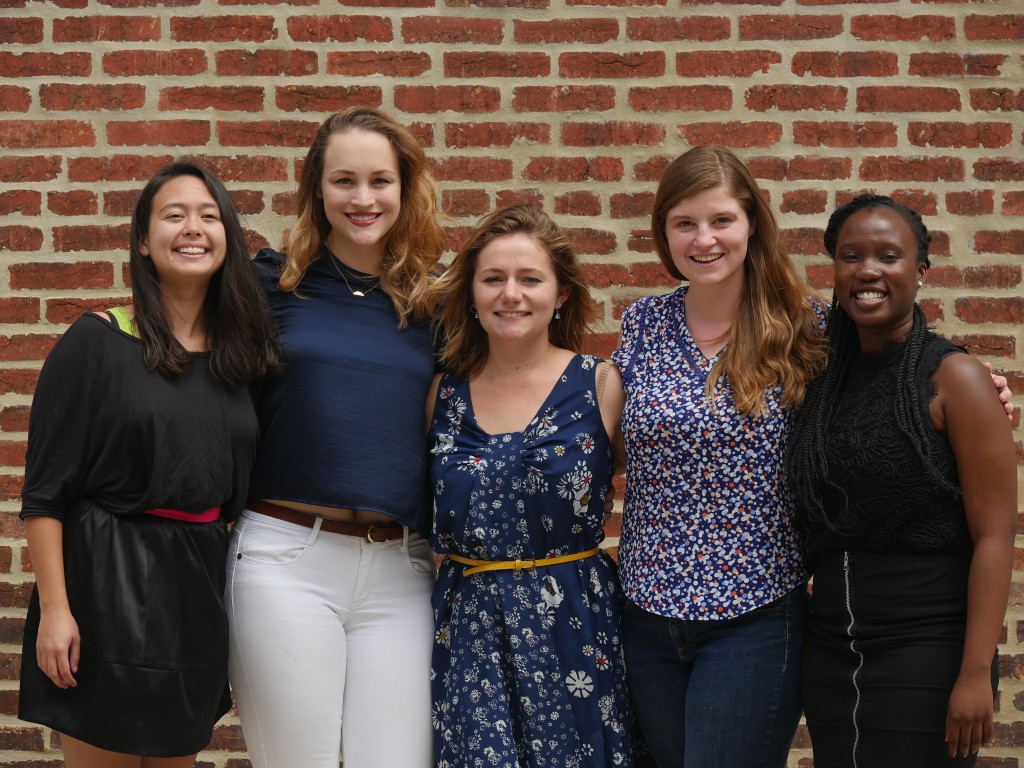
Q: What is one thing that you’d love to learn or do in the next year?
In the next year, I am excited to gain more experience in managing client partnerships effectively. I love interacting with people and I can’t wait to see how I can use this skill in ensuring our TechChange clients remain happy! I also hope to broaden my global network and perspectives. As a member of the tech team, I also can’t wait to deepen my coding skills even further, specifically in JavaScript/CSS, and learn from the various teams at TechChange including the instructional design and business development side of things. I also want to learn more of what it takes to successfully build an online learning community. I deeply value being in a company like TechChange where I can see first hand the many aspects of running a successful company.
Q: Lastly, what’s something that not a lot of people know about you?
I love love dancing! In college, I taught several dance classes and participated in an Intergenerational Drum and Dance Ensemble. As a student academic mentor, I managed to also weave in several dance wellness study breaks where I led dance workshops to Afrobeats music! I’m actually going to share a couple of links below to some of the songs/beats I’ve been listening/dancing to recently! I need to share the love, haha. Hope you enjoy it and thanks for the opportunity to share a bit of my story!
Beat de chez beat- Coupe Decale
Adomaa- Evolution of GH Music
Chance the Rapper- Blessings
Sonnie Badu- Ese Oluwa


